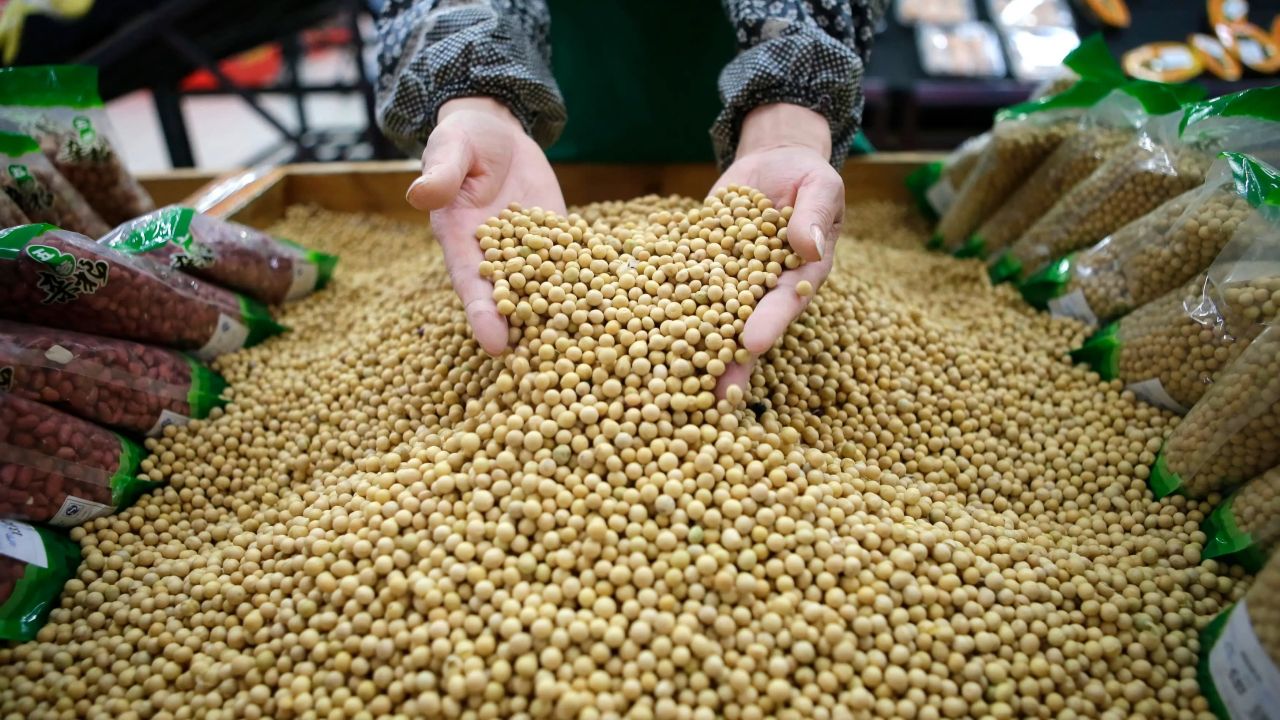Analysts highlighted the main reasons for the rise in soybean prices in China
Soybean prices continue to rise in China: the main reasons for the price increase
For the last few days, there has been a boom on the Chinese market as soybean prices have risen sharply. On average, the rise in price was 50%, and so far there is no indication that the trend will change in the near future. In most cases, the rise in price was fixed for beans that are grown by local farmers. The maximum price tag is fixed at the level of 6375 yuan per ton, the cheapest in the country you can buy soybeans in the north-eastern regions, where for a ton they ask 5800 yuan. It is quite logical that the rise in price also affected the products that are produced on the basis of the crop. Analysts pointed out the main reasons for growth, including the desire of farmers to hold on to products to speculate on it later. In addition, traders also have large stocks of soybeans, thus forming a bullish trend in the market.
Experts call the second factor of value an increase in consumption of soy products. The demand for it increased after quarantine restrictions were cancelled and catering establishments, school and student canteens started to work fully.
It is also worth noting the significant impact on the soy market of the sharp increase in livestock and poultry. The country has more than 406 million pigs, 6 billion chickens and 4 billion geese. This impressive number requires large amounts of feed, for which soybeans, among other crops, are used.

Restrictions by a number of countries on the export of pulses also played their role. This caused a rise in futures prices, primarily on the part of the United States. Russia was also among the countries that reduced soybean supplies to China. This was due to the introduction of a new duty, which amounted to 30%.
China is the world’s largest consumer of soybeans. The country uses 120 million tons of legumes per year, and only 20 million tons are grown in China, the rest is imported. Last marketing year soybean shipments to China were at 19.6 million tons, in the previous period at 18.1 million tons.
The current period has seen a good legume crop, which is more than 12% higher than last year. China does not use genetically modified varieties to grow soybeans and the average yield is 2.8 tons per hectare. By comparison, GMO soybeans shipped into the country from the U.S. and Brazil have a yield of 3.5 tons per hectare.
Another problem in China’s crop market is the shrinking acreage. Soybean acreage is shrinking in favor of increased corn cultivation, as this grain brings farmers more profit.
